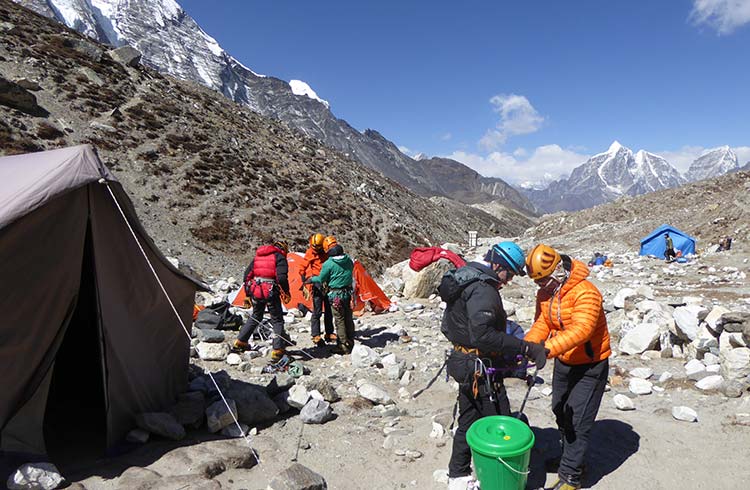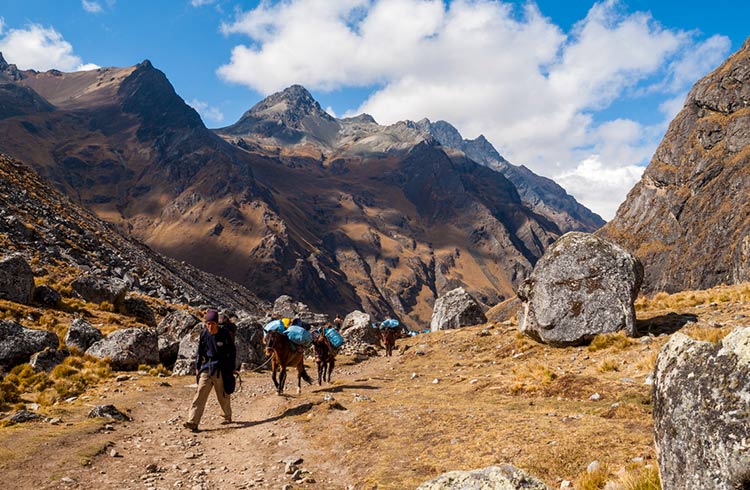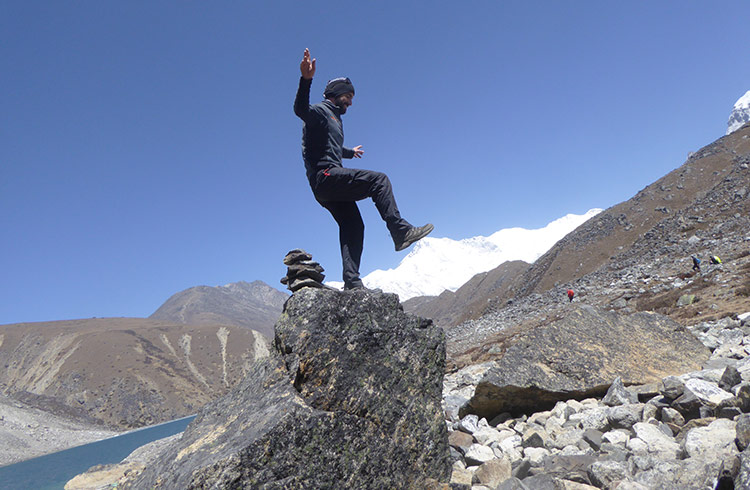Trekking Safety in the Himalayas: Stay Safe in Nepal
Don't take shortcuts prior to trekking in Nepal – saving time (or money) may not save your life. Here's how to prepare for your trip to the Himalayas.
 Photo © iStock
Photo © iStock
Many travelers to Nepal visit the country to trek in the Himalayan mountain range, whether it's to get a glimpse of Mt Everest (the highest mountain in the world), see Annapurna or do the Gokyo Lakes trek.
While the majority of treks have safe outcomes, there are a number of issues to be aware of while spending time in the mountains of Nepal.
Prepare before you go to Nepal
Do not underestimate the Himalayas - due to the altitude and the terrain, they are some of the toughest mountains in the world to trek. Before even considering a trek in this part of the world you need to be fit, and have been exercising regularly in preparation. If you have not exercised for a long time or are overweight you will need to see a doctor for advice before booking the trip. By going to the Himalayas having not exercised you are potentially putting yourself and others at risk.
It is advisable not to walk or trek in the mountains alone, but to join a reputable group or get some recommended guides. There have been reports of trekkers being robbed in the Annapurna Foothills who have been alone, and in some villages there are Maoist influences. If you fall or injure yourself you are vulnerable alone.
Make sure you have the right kit. On treks porters carry a lot of the gear, and there are now legal restrictions on the loads. Your kit needs to weigh around 9kg and has to include boots, warm weather clothing, rain gear, a fleece and down jacket, sleeping bag, sun cream, sun hat, basic medical kit and water. You will also need a torch and whistle. If you are flying to Nepal, wear your boots on the way out because if your luggage goes missing most of it can be replaced in Kathmandu, but a pair of well broken in walking boots is essential.
Staying safe and healthy while in the Himalayas
A trekking group has the head sherpa or sirdar in charge. He or she sets the pace for the day, organises the other sherpas who are guides, cooks, or porters and their world is final. They will also decide who should leave a trek and be sent down the mountain if someone gets ill. It is very important to listen to their advice and to maintain their pace which will be suited to the slowest trekker. This is another reason for getting fit before you go because delays in a group can lead to accidents.
You should always have your day kit with you which must include first aid gear, a fleece, sun hat and sun cream, water and waterproofs. The weather can change within minutes from a sunny sky to a freak hailstorm - which happened to a group of trekkers in the Annapurna region in 2010. You may be in an area with no shelter and have to look out for each other if the weather changes so preparation is essential for safety reasons.
Carrying and drinking water is vital in the mountains, as the risk of dehydration is higher. The water from taps is not safe in Nepal. Boiling it, purifying it or using bottled water is an alternative. You should be drinking at least 3 litres daily.
Altitude sickness is a major risk in the Himalayas, particularly above 10,000 feet. Most people will feel short of breath as they acclimatise, however headaches, vomiting, difficulty sleeping, and the onset of pulmonary oedema or fluid on the lungs are serious.
It is very important to acclimatise slowly in the Himalayas and most guides will ensure you sleep at a lower altitude tan the maximum reached in the day.
It is also important not to get dehydrated and to pace yourself. Any of the above symptoms need to be taken seriously. Altitude sickness or acute mountain sickness (AMS) can be fatal and the onset of pink frothy liquid round the mouth and nose, breathlessness at rest, severe headaches, lack of co-ordination and vomiting should be treated as AMS and the person will need to descend rapidly. Descent is the only treatment for this very serious condition.
The other hazard to watch out for in the mountains are the yaks that carry loads up and down the mountains. These animals charge over the narrowest of rope bridges and down tracks and will stop for no one.
If you see the yaks coming, always get between the mountain and the yak, and never the edge of the trail. The animals have been known to shove a trekker or two off the side of the mountain, accidentally of course. You should also move aside for the porters who often have wide loads and move at a pace between villages.
Related articles
Simple and flexible travel insurance
You can buy at home or while traveling, and claim online from anywhere in the world. With 150+ adventure activities covered and 24/7 emergency assistance.
Get a quote

1 Comment
I just want to keep you remind that travel insurance can be protective against potential comprehensive expenses due to some medical issues or accidents in the Himalayas.